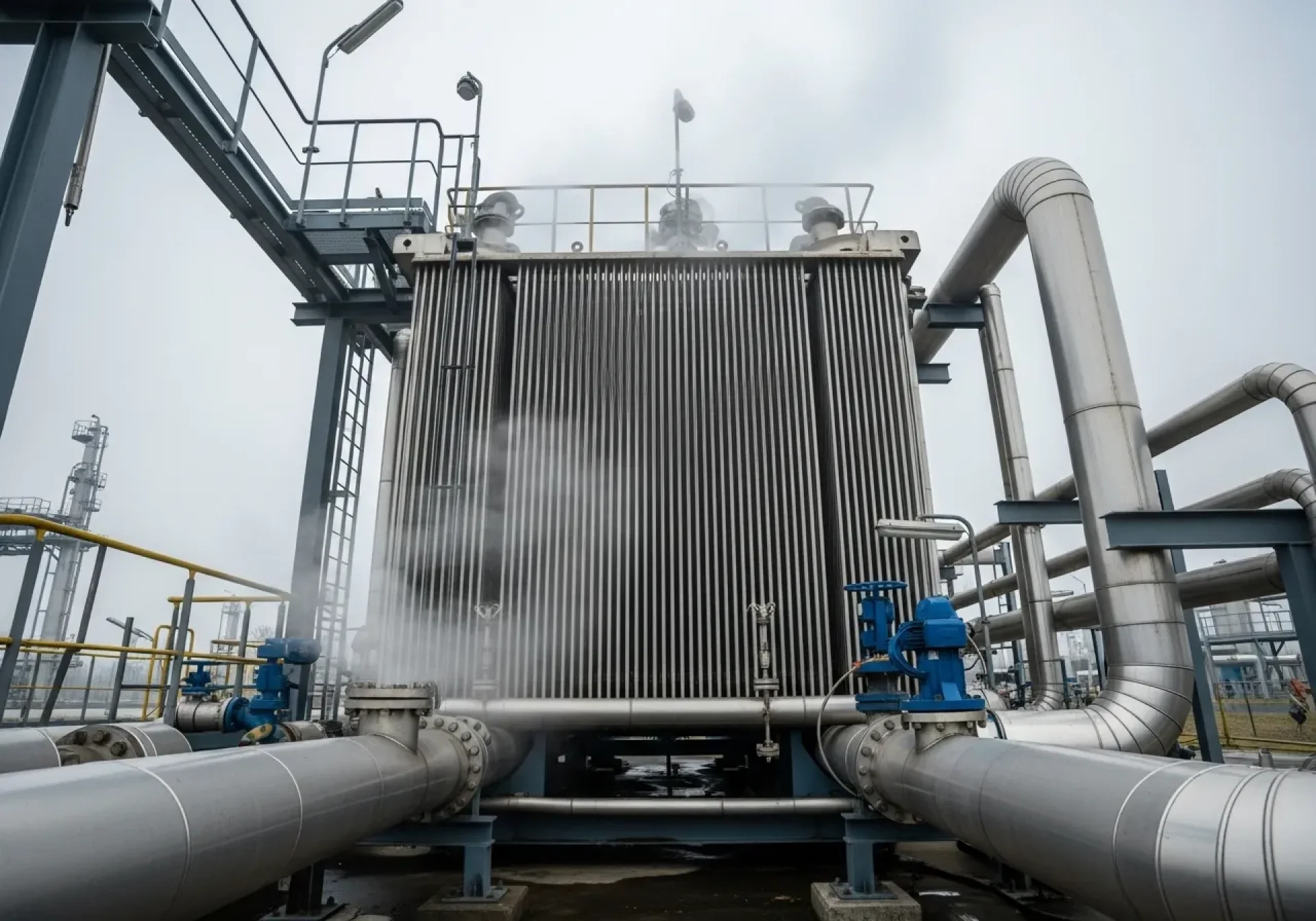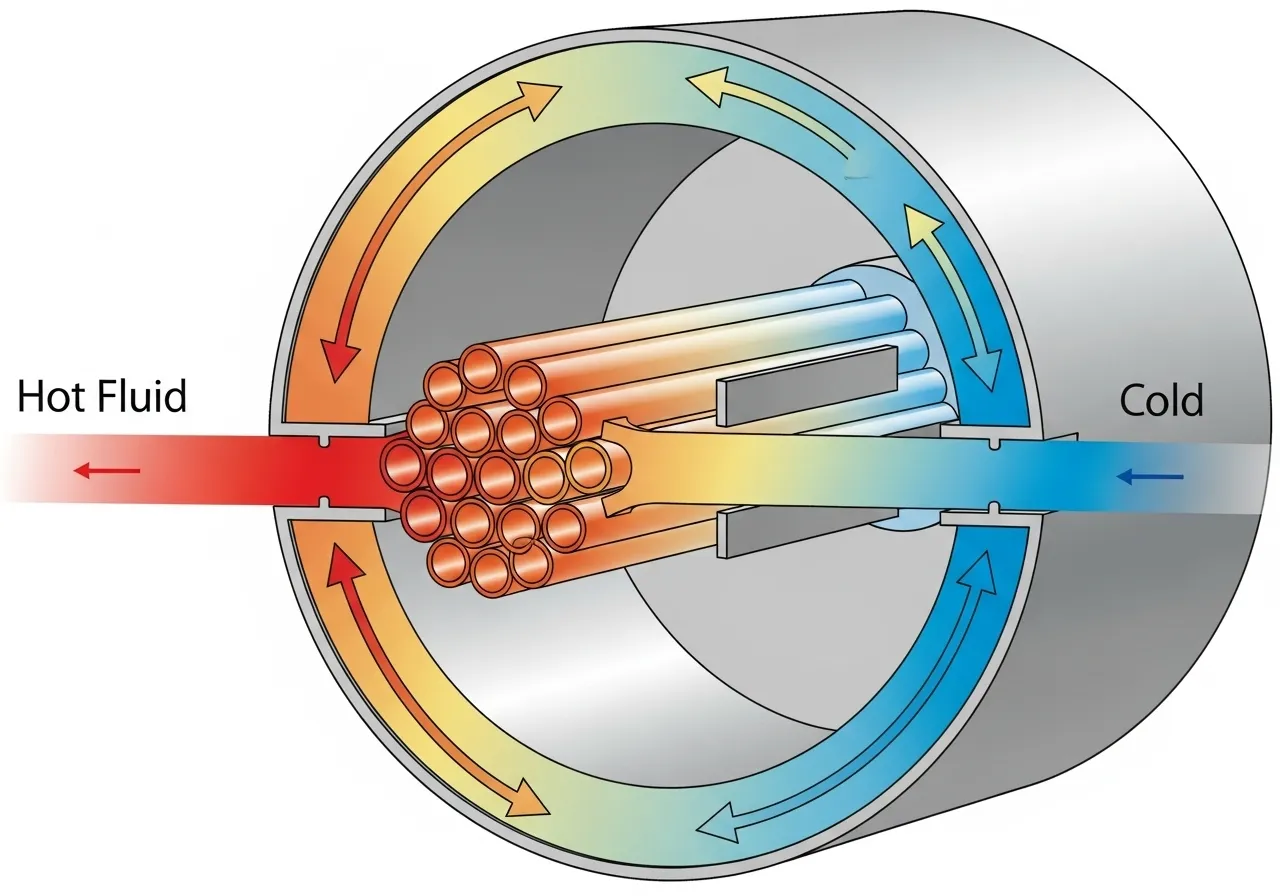What is the Function of a Heat Exchanger? An In-depth Look at its Operation and Industrial Importance

In the energy, chemical, food, and HVAC industries, a frequently asked question is: what does a heat exchanger do? The short answer is "it transfers heat from one fluid to another without mixing them." But looking deeper, this function plays a highly strategic role in the safety, quality, and energy savings of a production system.
The Basic Function of a Heat Exchanger
The primary function of a heat exchanger is to control and transfer heat to ensure the system operates at an optimal temperaturenot too hot or too cold. This device also helps prevent damage to machinery from accumulated heat and stabilizes the production process.
Heat Transfer Principles
Its operation depends on three modes of heat transfer: conduction, convection, and in some cases, radiation. However, in most industrial designs, heat exchangers transfer heat through thin metal walls between a hot fluid and a cold fluid. Efficiency depends on the surface area, the heat transfer coefficient, and the temperature difference (ΔT).
Examples of Functions in Industry
A heat exchanger performs different functions depending on the industry, such as:
- Chemical/Petrochemical: Controls temperature in reactors, condensers, and reboilers.
- Food and Beverage: Maintains hygiene standards, such as pasteurization with a plate heat exchanger.
- Energy/Power Plants: Recovers heat from exhaust gases, pre-heaters in boilers.
- HVAC: Dissipates heat in chillers, cooling towers, and air conditioning systems.
Benefits and Outcomes of Use
Installing a heat exchanger does more than just transfer heat; it provides positive business outcomes:
- Saves energy by recovering and reusing waste heat (heat recovery).
- Prevents equipment damage from excessive temperatures.
- Maintains the quality of products like food and pharmaceuticals.
- Increases the safety of industrial systems.
- Helps stabilize the system and reduce downtime.
Maintenance Guidelines
To ensure a heat exchanger performs at its peak efficiency, proper maintenance is required:
- Regularly check ΔP and temperatures to monitor for blockages.
- Clean fouling through chemical washing or high-pressure water jetting.
- Consistently inspect gaskets and weld points for leaks.
- Establish a maintenance schedule based on actual operating conditions.
Conclusion
So, when asked what a heat exchanger does, the answer is not just "transfer heat," but also to create stability, increase efficiency, and protect the entire plant system.



